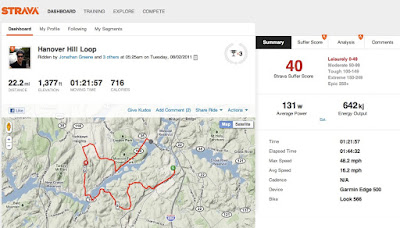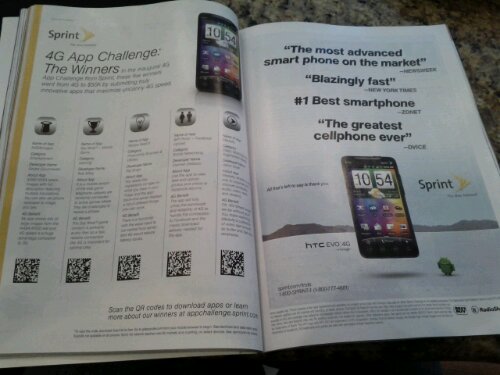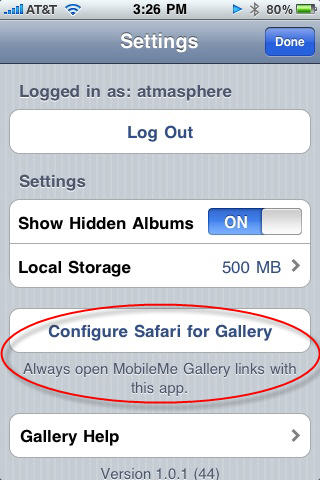I’ve become a huge fan of Strava for tracking my cycling workouts as well as sharing and tracking friends and pros. The data viz portion of Strava is really solid, easy to understand and actually quite robust. I’ve been a Garmin Connect user since I bought my bike (and GPS) three summers ago, but Garmin has always lacked social connections. As a result of Garmin’s lacking social functions, I’ve also been using DailyMile and while I really like DailyMile as well, I can see how the updates and strides Strava continues to make will probably assist in my full migration soon …
The basics … Strava gets cycling. More than any other service, they break down hill sections of your rides into competitive segments and allow you to automatically compete against yourself as well as all other riders who also sync their rides into Strava. Initially I missed this piece when I first tried it months ago as I was early in and did not appreciate the difference with Garmin.
The ability to quickly see that I’ve climbed my best that day (regardless of how my legs felt) is immediately rewarding, but it’s also quite motivating to learn that even though I felt strong, my time was better on a prior ride. This gets me thinking of the conditions of that prior ride and how I can do better the next time out. Adding in the social layer makes it even more competitive and even passively (without actually knowing the other people) you can still compete and set goals to try and ladder up the King or Queen of the Mountain competition for a particular climb.
Another really excellent feature within Strava is that it automatically groups you with the people you’ve ridden with that day as everyone syncs their data. Today as you can see from the screenshot below, I rode with 3 other people and Strava automatically grouped us so we can easily compare and discuss how things went afterwards. This type of discussion is happening naturally even with people I’ve just met (like today) and it’s quite powerful stuff.

The updates that Strava added today have only enhanced both the views of your ride data as well as the ability to slice the competitive ladder more discretely (even fairly) so you can compete on age and weight which certainly play a factor in some rides. I particularly like the Suffer Score and also how your power and heart rate are displayed to show the real level of effort for a particular ride. Strava calculates power using some algorithmic special sauce. I don’t have a power meter currently so there’s no way to know how accurate it really is, but for the moment it’s a great baseline to compare like my other stats on the regular rides I do. I should note that while Strava does offer a free service, it’s $6/month to get the full range of utility and I believe it’s well worth it.
Strava isn’t the only game in town and while today’s update also includes mention of the Running beta and potential for Triathletes, Runkeeper is pushing out their own update to include more social inclusion. Runkeeper already has Street Teammates which work like DailyMile’s and Nike+ friends. You can track how each other do each week and cheer people on. I consider that the basics … Today Runkeeper sent out an email pushing their new update which like Strava will let you digitally run with friends.

You’ll note as it mentions in the email above, you need to do this afterwards by selecting your Street Teammates or Facebook friends. While this isn’t hard to do, it’s that extra step that Strava does automatically that ensures you are actually using it. I’m really interested to see how Strava continues to evolve around new sports and particularly how deep they go with Cycling. If you’d like you can follow me. I’ve also recently added a widget that shows my recent rides on the ride sidebar if you still visit the site.
Ride safe!







